Rob's Rankings: How are teams faring after that Big 12 shakeup?
These days, TCU and West Virginia are Big 12 mainstays and the four teams that decided to walk out of the conference have settled in to their new conference homes. Still, the transition has gone more smoothly for some programs than it has for others. This week, we rank the post-realignment success of all six teams involved in the Big 12’s facelift that began nearly eight years ago.
Monetary benefits, the allure of stability and other reasons behind the moves are well known, but only football success was considered when constructing the rankings below.
MORE: Rob's Rankings of teams most likely to remain undefeated
1. TCU
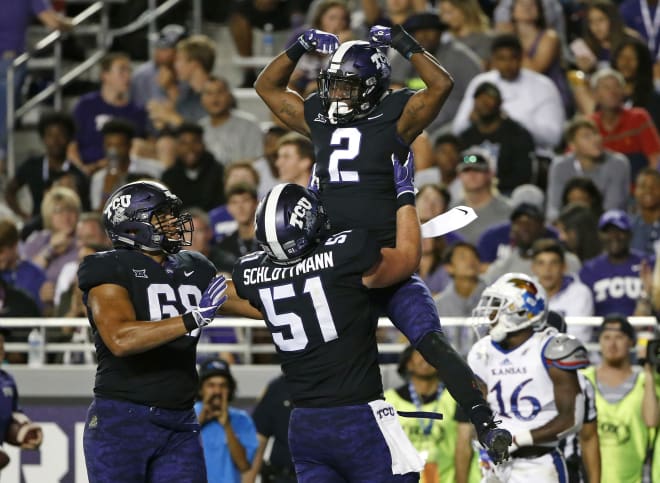
Record since joining the Big 12: 47-24
Putting TCU in the top spot is a no-brainer. Whatever the results — and TCU’s have been wonderful — leaving a Group of Five conference for a Power Five conference is a gigantic victory. The Horned Frogs finished No. 3 in the AP poll in 2014, just their third season as a member of the Big 12. TCU remains undefeated this season and will compete for a spot in the Big 12 title game, as well as the college football playoff. As dominant as the program had become before leaving the Mountain West, the recruiting boost and uptick in notoriety that comes with Power Five membership has had an effect on every facet of the program. A Mountain West power at the time, the Frogs were famously held out of the national title game despite finishing 2010 undefeated. Erasing the possibility of that happening again is cause enough for TCU to occupy the top spot. The Frogs are the clear winners of Big 12 and national realignment.
2. TEXAS A&M
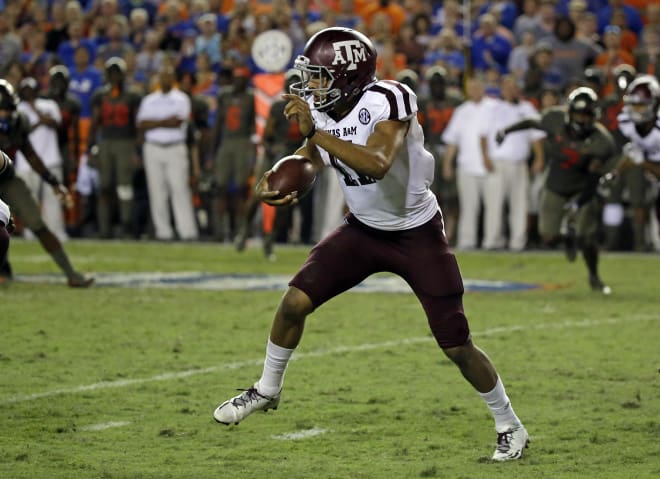
Record since leaving the Big 12: 49 -21
The Aggies, who won double-digit games just once in 16 years as a Big 12 member, racked up 11 wins in their first season in the SEC. A&M has not missed the postseason since joining the league. The real boost has come in recruiting, however, as the program’s Texas location, combined with its conference affiliation, has undoubtedly given it a bump. Being the only SEC team in a state loaded with talent is a recruiting draw. The Aggies have signed a top-15 class in each of the last six seasons, and landed a top 10 class on three occasions.
3. WEST VIRGINIA
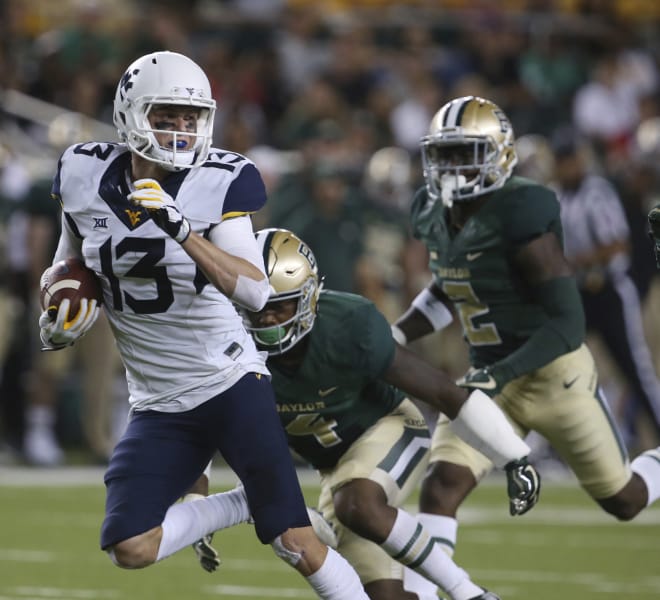
Record since joining the Big 12: 41-30
Sometimes, you have to rank a situation against the alternative. West Virginia hasn’t found the large-scale success it did as a member of the Big East, but the fact that its old league doesn’t exist today makes joining the Big 12 a win for the Mountaineers. Dana Holgorsen’s program has been competitive enough in its first six seasons as a Big 12 member and has qualified for the postseason in all but one year. WVU finished 18th in the AP poll a season ago, a mark that represented its highest postseason ranking since its final year in the Big East.
4. NEBRASKA

Record since leaving the Big 12: 55-31
There hasn’t been much of a difference between Big Ten Nebraska and the version of the program that left the Big 12 in 2011. The Huskers were 51-28 in the six seasons leading into their Big 12 exit and went 52-27 in their first six seasons as a Big Ten member. Nebraska appeared in the 2012 Big Ten title game, but lost the contest 70-31. The Huskers’ 1990s dominance probably had little to do with conference affiliation, and there’s little data to prove that their jump from the Big 12 to the Big Ten did much to impact recruiting. So far, the move looks like an on-field push.
5. MISSOURI
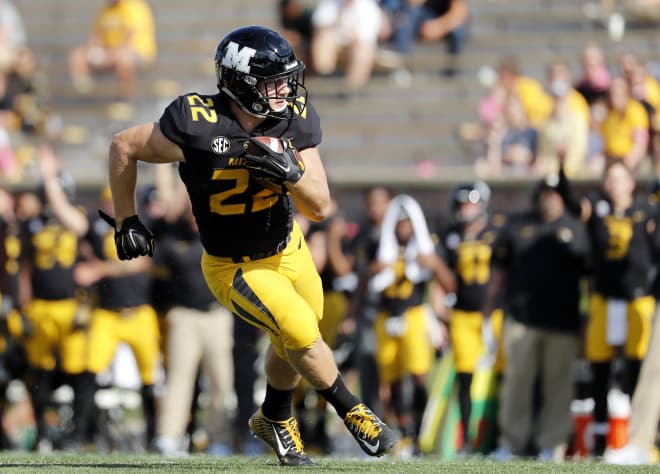
Record since leaving the Big 12: 39-32
You can paint Mizzou’s SEC existence in a few different ways. On one hand, it’s easy to point to the fact that the Tigers have played for two SEC titles since leaving the Big 12 six seasons ago. That’s more title game appearances than any program involved in realignment. On the other hand, the Tigers are currently in serious danger of missing the postseason for the fourth time in their six years of SEC membership. Missouri had reached a bowl game in seven straight seasons leading into their Big 12 departure. It’s hard to imagine Mizzou having so much trouble staying postseason eligible with a Big 12 schedule that included a few more winnable games. An annual meeting with Kansas comes to mind.
6. COLORADO
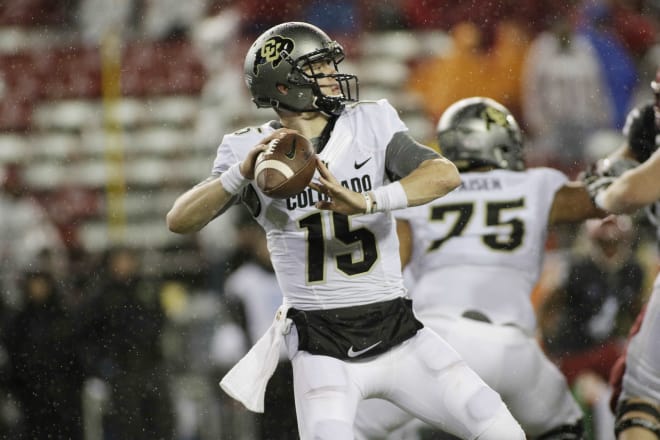
Record since leaving the Big 12: 28-56
Colorado played for the Pac-12 title after winning 10 games a year ago. The bad news is that last year is where the program’s Pac-12 success starts and ends. The Buffaloes have reached the postseason just once since switching leagues and have won fewer than five games in five of their six full seasons as Pac-12 members. It’s not as though CU rolled into its new conference with momentum, however, as the program limped into the affiliation change with three straight losing seasons under then-head coach Dan Hawkins. This season, the Buffs sit at 4-4 and seem to be in for a fight when it comes to bowl eligibility.
OVERTIME: TOP FIVE CFB PLAYERS IN POP CULTURE
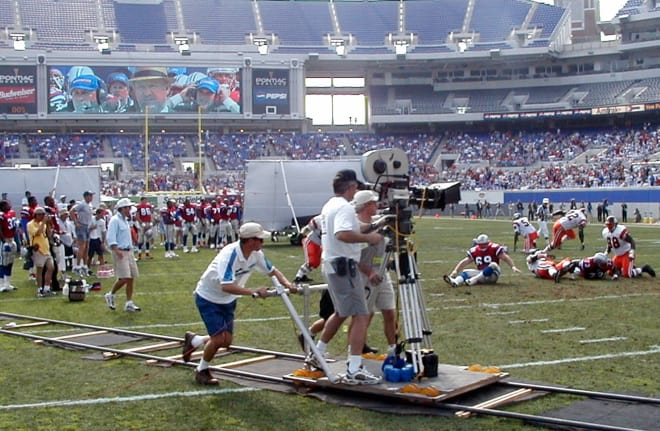
This week, we dive into fictional college football stars, as we rank the five greatest college players in pop culture history. Players’ professional exploits were not factored into the below rankings.
1. Alvin Mack — The Program (ECU)
A hyper-aggressive linebacker with off-the-charts football acumen, Mack was a coach’s dream prospect. A team leader on the field and in the film room, Mack led the nation in tackles and seemed primed for a monster NFL career before being struck down by a career-ending ankle injury in a game against Iowa.
2. Frank Cushman — Jerry Maguire (SMU)
Selected by Denver as the No. 1 pick in the NFL Draft, Cushman was an All-American at SMU. Cushman became a household name during his senior season and was a no-doubt top selection. Off the field, he’s best known for booting his dorky agent on the eve of the draft.
3. Bobby Boucher — The Water Boy (South Central Louisiana State University)
A freak of nature that hit with almost superhuman force, Boucher recorded an NCAA-record 16 sacks in a game against West Mississippi. He’s not built like an elite athlete, but it’s hard to argue with the results. Boucher was the MVP of the 1998 Bourbon Bowl and seemed headed for an NFL career that promised to be marred by mommy issues and targeting penalties.
4. Forrest Gump — Forrest Gump (Alabama)
A truly head-scratching success story, Gump became an All-American at Alabama despite not understanding the basic rules of football. Gump’s massive success is a testament to legendary coach Bear Bryant, who somehow molded the speedster into one of the nation’s best college football players despite Gump being clueless when it came to the playbook and the overall framework of the sport.
5. Shane Falco — The Replacements (Ohio State)
Falco’s college career was a blip of disaster in a sea of success. An All-American for the Buckeyes, Falco saw his stock fall off a cliff after a disastrous Sugar Bowl, but it’s hard to argue with the body of work that made him a superstar in Columbus.





